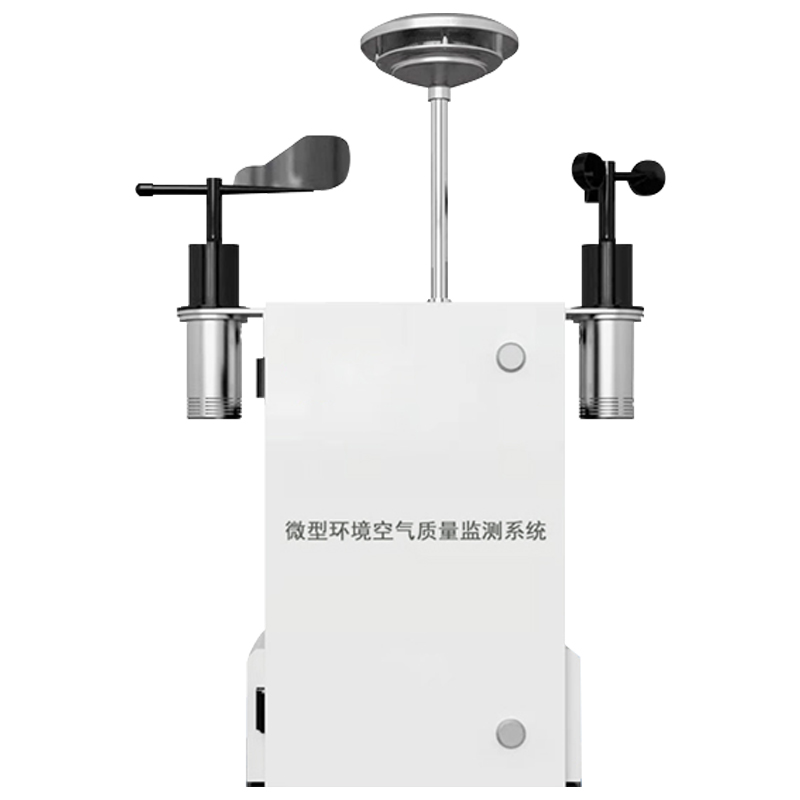Tianyi Sensor IOT Technology Co., Ltd
Sales Manager:Ms. Emily Wang
Cel,Whatsapp,Wechat:+86 15898932201
Email:info@fengtutec.com
Add:No. 155 Optoelectronic Industry Accelerator, Gaoxin District, Weifang, Shandong, China

Sales Manager:Ms. Emily Wang
Cel,Whatsapp,Wechat:+86 15898932201
Email:info@fengtutec.com
Add:No. 155 Optoelectronic Industry Accelerator, Gaoxin District, Weifang, Shandong, China
time:2025-09-24 09:06:59 source:Weather Station viewed:103 time
Traditional air quality monitoring stations (national and provincial control points) use extremely sophisticated and expensive equipment, resulting in very high construction and operational costs. Consequently, a city typically has only a handful of such stations. Due to the limited number of stations, when a national control point indicates rising pollution levels, it is difficult to determine the direction from which the pollution is coming or identify the specific enterprise or area responsible for the emissions. This poses significant challenges for environmental protection departments in conducting precise law enforcement and implementing effective governance measures.
To address these issues, the Air Quality Monitoring Station was developed.
The Air Quality Monitoring Station is a high-density, low-cost, real-time dynamic air quality monitoring network.
Urban areas are divided into numerous grids according to specific standards (e.g., 1km × 1km), with a miniature air quality monitoring station installed in each grid, forming a dense monitoring "sky net" covering the entire area.
These devices are small in size, low in cost (typically one hundredth or even one thousandth of traditional stations), and flexible to install (can be mounted on streetlights, utility poles, or building exteriors).
The main monitoring parameters include six basic pollutants: PM2.5, PM10, SO₂, NO₂, CO, O₃, as well as meteorological parameters such as temperature, humidity, wind speed, and wind direction. Real-time data is continuously transmitted to cloud data centers via wireless network technologies such as 4G/5G and NB-IoT. The platform aggregates data from all grid points for cleaning, calibration, and integration.
Although the overall data accuracy is not as high as that of national standard stations, its advantages lie in trend monitoring and horizontal comparison, which can accurately reflect the relative levels of pollution and their variation patterns.
Through the Air Quality Monitoring Station, it is possible to quickly identify "hotspot grids" with the highest pollution concentrations. Environmental law enforcement personnel can then go directly to the scene to accurately investigate and punish enterprises discharging pollutants in violation of regulations, barbecue stalls, construction site dust, and other pollution sources, enabling "precision-targeted" law enforcement.

The 7-element miniature sensor includes monitoring modules for temperature, humidity, air pressure, illumination, wind speed, wind direction, etc., with a mounting bracket customized according to the street lamp structure. It can be installed at a rain-proof and ventilated position in the upper midd...
Water quality monitoring is a systematic scientific process designed to assess water conditions, warn of pollution risks, and provide data support for water environment management through real-time monitoring and analysis of various substances in water bodies.Modern water quality monitoring often em...
Nowadays, with the rapid development of industry, the pollution problem in industrial parks has attracted much attention. Traditional environmental monitoring methods can no longer meet the needs of refined supervision of pollution in industrial parks. However, the emergence of Air quality monitorin...
A handheld weather meter is a portable, hand-operated meteorological monitoring device capable of real-time measuring and recording multiple meteorological parameters. These devices integrate various high-precision sensors, suitable for field research, emergency monitoring, mobile observation, and o...